Biomechanical evaluation of the unilateral crossbite on the asymmetrical development of the craniofacial complex. A mechano-morphological approach
(2022)
Journal Article
Ortún-Terrazas, J., Fagan, M. J., Cegoñino, J., Illipronti-Filho, E., & del Palomar, A. P. (2022). Biomechanical evaluation of the unilateral crossbite on the asymmetrical development of the craniofacial complex. A mechano-morphological approach. Computer Methods and Programs in Biomedicine, 217, Article 106703. https://doi.org/10.1016/j.cmpb.2022.106703
Background and Objective: The occlusion effect on the craniofacial development is a controversial topic that has attracted the interest of many researchers but that remains unclear, mainly due to the difficulties on measure its mechanical response ex... Read More about Biomechanical evaluation of the unilateral crossbite on the asymmetrical development of the craniofacial complex. A mechano-morphological approach.
